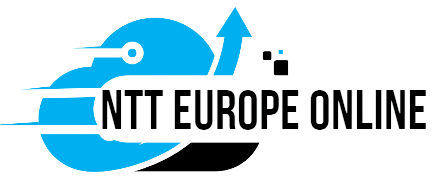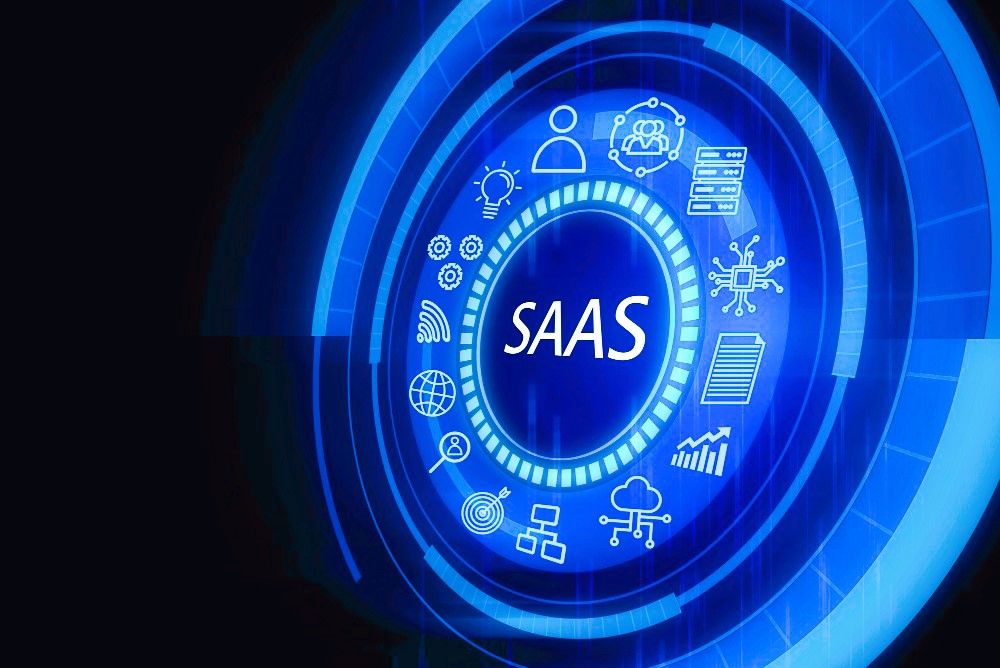In today’s digital age, businesses and individuals alike rely on an array of software applications to streamline processes, increase productivity, and solve complex problems. Traditionally, software was purchased and installed on individual devices or servers, requiring significant upfront costs, ongoing maintenance, and often complex updates. However, a transformative model known as Software as a Service (SaaS) has emerged as a game-changer, revolutionizing the way software is delivered, consumed, and managed.
What is SaaS?
At its core, Software as a Service (SaaS) is a cloud-based software delivery model in which applications are hosted and provided to users over the internet on a subscription basis. Unlike traditional software installations, where users purchase and install software on their local devices or servers, SaaS applications are accessed remotely through a web browser. This shift in delivery method brings numerous advantages to both businesses and individuals.
Key Characteristics of SaaS

To understand SaaS fully, let’s explore its key characteristics:
1. Accessibility Anywhere, Anytime
SaaS applications are accessible from anywhere with an internet connection. Whether you’re in the office, at home, or on the go, you can access your software and data using a web browser or a dedicated application.
2. Subscription-Based Pricing
SaaS typically employs a subscription-based pricing model, where users pay on a recurring basis—usually monthly or annually—for access to the software. This approach often eliminates the need for large upfront costs, making SaaS more budget-friendly.
3. Automatic Updates and Maintenance
SaaS providers handle software updates and maintenance tasks. Users no longer need to worry about downloading and installing patches or updates manually, as the software is continuously improved and maintained by the provider.
4. Scalability
SaaS applications are often designed to scale easily. As your needs change, you can usually adjust your subscription to accommodate more or fewer users or features. This scalability is particularly beneficial for growing businesses.
5. Multi-Tenancy
SaaS applications are typically multi-tenant, meaning that multiple users or organizations can share the same instance of the software while maintaining data separation and security. Do you like the article? Read also about Eco-friendly hosting.
6. Reduced IT Overhead
With SaaS, businesses can reduce their IT infrastructure and support costs. There’s no need to invest in on-premises servers or hire a dedicated IT team to manage software installations and updates.
7. Automatic Backups
SaaS providers often include automated data backups as part of their service. This ensures that your data is regularly backed up and can be restored in case of data loss or unforeseen events.
Advantages of SaaS
The SaaS model offers numerous advantages for businesses and individuals:
1. Cost-Effective
SaaS eliminates the need for significant upfront capital expenditures on software licenses and hardware. Instead, users pay a predictable subscription fee, which is often more budget-friendly and easier to manage.
2. Accessibility and Flexibility
Users can access SaaS applications from virtually anywhere with an internet connection, promoting remote work and flexibility. This accessibility is especially valuable in today’s distributed work environments.
3. Seamless Updates
SaaS providers handle software updates, ensuring that users always have access to the latest features and security enhancements. This eliminates the burden of manual updates and patch management.
4. Scalability
SaaS applications can scale to accommodate changing business needs. Businesses can easily add or remove users, features, or resources as required, making it a flexible solution for growth.
5. Reduced IT Overhead
SaaS reduces the need for extensive IT infrastructure and support, freeing up resources for other critical tasks and initiatives.
6. Collaboration and Integration
Many SaaS applications are designed with collaboration in mind, making it easier for teams to work together on projects and share data. SaaS platforms also often offer integrations with other tools and services.
Common SaaS Use Cases

SaaS applications have found their way into various aspects of business and personal life. Some common use cases include:
1. Productivity and Office Software: SaaS solutions like Microsoft 365 and Google Workspace offer cloud-based office tools, including word processing, spreadsheets, and email.
2. Customer Relationship Management (CRM): CRM software like Salesforce provides businesses with tools to manage customer relationships, sales, and marketing efforts.
3. Project Management: SaaS project management tools like Asana and Trello help teams plan, organize, and execute projects efficiently.
4. Accounting and Financial Management: Applications like QuickBooks Online and Xero simplify accounting and financial management tasks for businesses.
5. Human Resources (HR) and Payroll: SaaS HR and payroll solutions streamline personnel management and payroll processing.
6. Marketing Automation: SaaS marketing platforms like HubSpot and Mailchimp enable businesses to automate marketing campaigns and track performance.
Challenges and Considerations
While SaaS offers numerous benefits, it’s essential to consider some potential challenges:
1. Data Security: Storing data in the cloud can raise security concerns. It’s crucial to choose reputable SaaS providers with robust security measures and compliance certifications.
2. Subscription Costs: While SaaS often reduces upfront costs, subscription fees can accumulate over time. It’s essential to evaluate the long-term cost-effectiveness of a SaaS solution.
3. Vendor Lock-In: Moving away from a SaaS provider can be challenging due to data and application dependencies. Ensure that you have exit strategies in place if needed.
4. Internet Dependency: SaaS applications require a reliable internet connection. Downtime or connectivity issues can disrupt productivity.
Conclusion
Software as a Service (SaaS) has transformed the way software is delivered and consumed, offering accessibility, cost-effectiveness, and flexibility to businesses and individuals alike. Its subscription-based model, automatic updates, and reduced IT overhead make it an attractive choice for organizations seeking to streamline operations and stay competitive in a rapidly evolving digital landscape.
As SaaS continues to evolve, it is poised to play an even more significant role in the way businesses and individuals leverage technology to achieve their goals. By understanding the fundamentals of SaaS and carefully evaluating providers and solutions, businesses can harness the power of this transformative technology to drive innovation and success.

